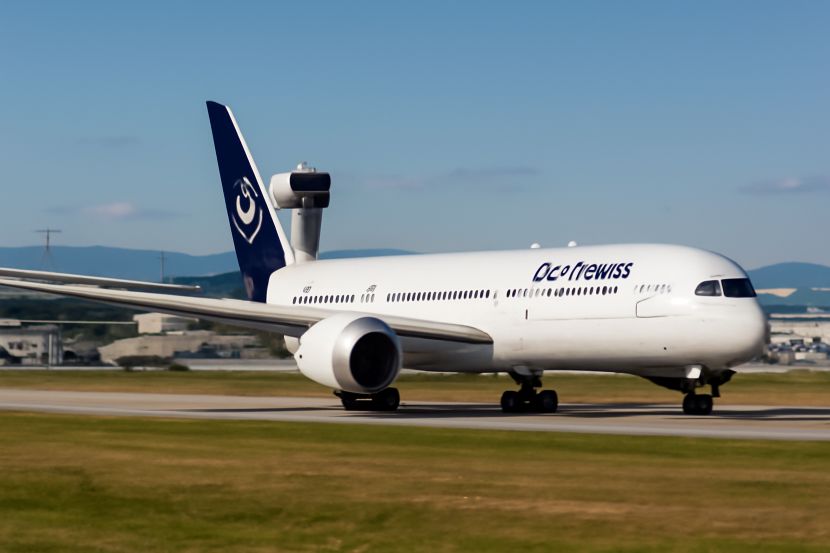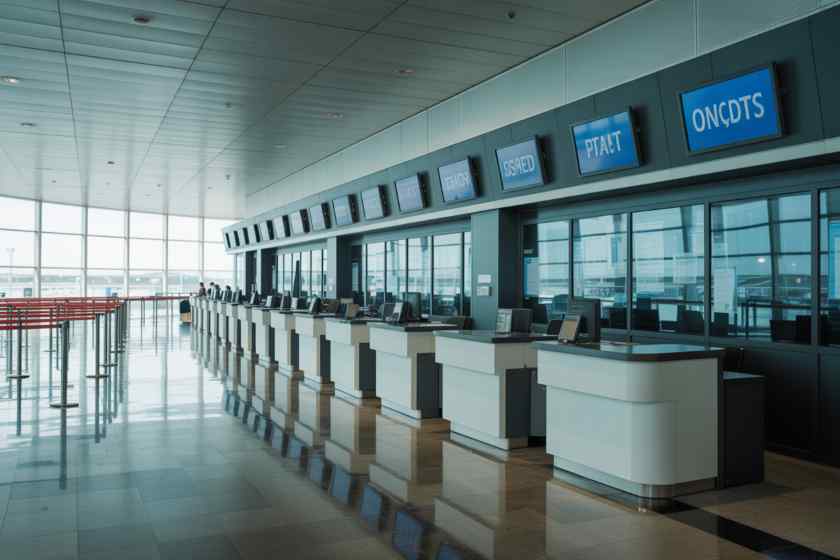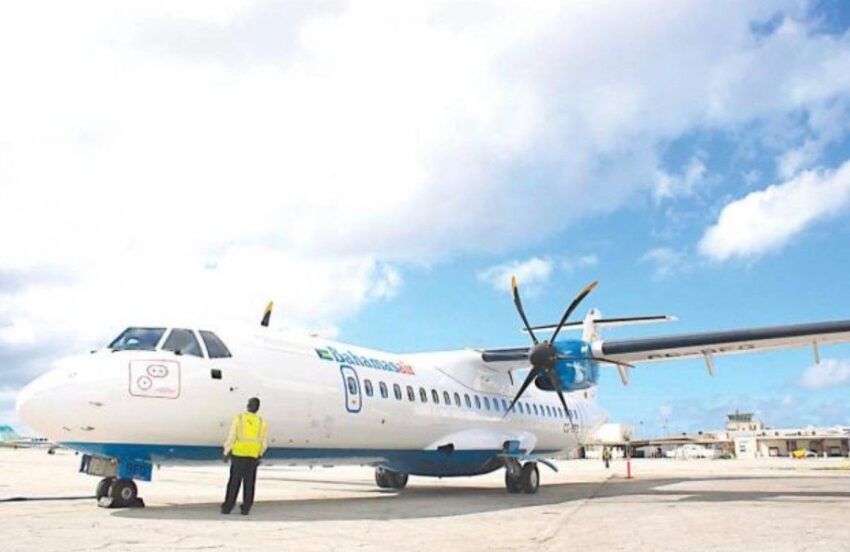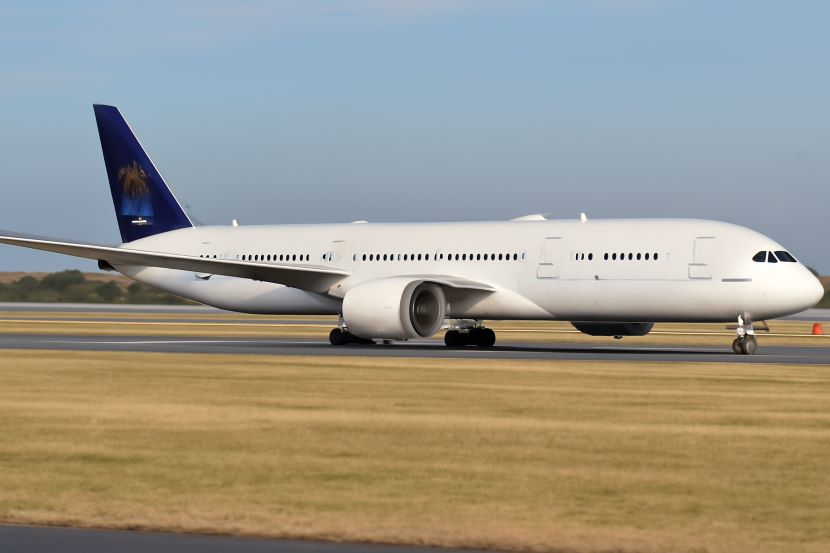JetBlue Q3 2025 Results: Smaller Loss and Strong Premium Demand Show Resilience in the U.S. Airline Market!

JetBlue Airways has reported a smaller-than-expected loss for its third-quarter performance, largely due to consistent demand for premium travel services and effective cost-control measures. The New York-based airline managed to cushion its margins amidst a challenging economic landscape and rising operational costs.
Premium Travel Services Remain Resilient Amid Economic Challenges
Despite the ongoing uncertainty in the U.S. domestic market, JetBlue, along with larger competitors such as United Airlines, American Airlines, and Delta Air Lines, has experienced a sustained demand for high-margin premium services. Affluent travelers have continued to prioritize added comfort and are willing to pay a premium for these services, which has helped keep JetBlue’s revenue streams steady.
The airline has been able to weather the challenges posed by a slowdown in domestic travel and broader economic uncertainty through the continued strength of its premium offerings. As many carriers have scaled back capacity on domestic routes to help mitigate costs, JetBlue has relied on these premium services to maintain a more resilient financial performance.
Challenges of Rising Costs and Aircraft Groundings
While JetBlue has benefitted from strong demand for premium services, it has faced its own set of challenges. The airline, which had initially aimed to achieve breakeven operating margins in 2023, had to scale back its expectations due to high operating costs. A major contributing factor to these elevated costs has been the grounding of aircraft due to issues related to Pratt & Whitney engines, manufactured by RTX. These groundings have disrupted JetBlue’s operations and added unexpected financial strain.
In response to rising costs, the airline has taken several steps to tighten its spending. These include exiting unprofitable routes, deferring aircraft deliveries, and pausing plans for cabin upgrades. The decision to streamline operations by cutting back on less profitable routes is aimed at conserving resources and improving efficiency while JetBlue navigates the financial pressures.
Lower Expectations for Fourth-Quarter Unit Revenue
Looking ahead to the fourth quarter of 2023, JetBlue has tempered its expectations. The airline forecasts that its unit revenue, a key indicator of pricing power, will be flat to down by as much as 4% compared to the previous year. This decline reflects a softening in demand in some areas, despite an earlier surge in fare prices. Last year, strong demand helped drive fares higher, but with economic uncertainty still looming, this boost is not expected to continue into the fourth quarter.
Despite this anticipated decline, JetBlue remains optimistic about the demand environment. Marty St. George, the airline’s President, stated that he remains confident that the demand for air travel will continue to improve through the end of the year. This optimism is shared by other airlines, which are also banking on a rebound in travel demand as the economy stabilizes.
A More Cautious Outlook for Unit Costs in 2025
JetBlue has also revised its 2025 forecast for unit costs, excluding fuel. The airline now expects unit costs to rise by 5%-6%, a slight reduction from its earlier estimate of a 5%-7% increase. This more cautious outlook is a response to the company’s ongoing focus on controlling operational costs and ensuring that it remains profitable despite rising expenses. The reduction in the cost growth forecast reflects JetBlue’s efforts to optimize efficiency and adapt to the challenges in the airline industry.
Third-Quarter Financial Performance: Adjusted Loss and Revenue Figures
JetBlue’s third-quarter performance showed a significant improvement in terms of revenue and operational efficiency, even as it posted an adjusted loss of 40 cents per share. The loss was smaller than Wall Street’s expectations, which had predicted a 44-cent loss per share. This outcome highlights the company’s ability to manage costs effectively while still facing challenges in a competitive industry.
For the third quarter, JetBlue reported total operating revenue of $2.32 billion, which met analysts’ expectations. Although the company faced high costs due to operational disruptions, it was able to generate sufficient revenue to meet its financial targets. This reflects JetBlue’s strong brand presence and its continued appeal to premium travelers, which has allowed it to weather some of the challenges facing the broader industry.
Focus on Cash Flow and Shareholder Value
JetBlue’s strong cash flow generation has been a critical factor in maintaining the airline’s financial stability. The company has been using this strong cash flow to return value to its shareholders. During the third quarter, JetBlue repurchased 816,028 common shares for $17.6 million, a move aimed at increasing shareholder returns. Additionally, the airline declared a quarterly dividend of $0.05 per share, further demonstrating its commitment to delivering value to investors.
With $30.8 million in cash and $80.8 million in total liquidity, JetBlue is in a strong financial position, which will help it navigate the challenges of the airline industry and continue to invest in its future growth. The company’s capital allocation strategy remains focused on maintaining financial flexibility, which is essential as it prepares for future expansion and market demands.
JetBlue’s Long-Term Financial Goals: Operating Profit Forecast
Looking further ahead, JetBlue is projecting an earnings before interest and taxes (EBIT) of between $850 million to $950 million by the end of 2027. This forecast underscores JetBlue’s confidence in its ability to execute its long-term growth strategy, which includes expanding its premium services, improving operational efficiency, and maintaining strong relationships with both customers and investors.
Despite the current challenges in the airline industry, JetBlue’s long-term prospects remain strong. The company’s ability to adapt to changing market conditions, along with its focus on cost control, operational efficiency, and premium services, positions it well for future growth.
Conclusion: JetBlue’s Resilience Amid Challenges
While JetBlue Airways continues to face some significant operational challenges, its third-quarter results reflect the airline’s resilience in navigating a tough industry environment. The company’s consistent efforts to control costs, expand premium services, and maintain strong cash flow generation highlight its potential for long-term success.
As the airline looks toward the fourth quarter of 2023 and beyond, it will continue to monitor the demand environment and adjust its strategies accordingly. Although the company’s forecast for the remainder of 2023 is more cautious, its long-term outlook remains optimistic, with a strong focus on growth, profitability, and shareholder value.
For travelers, JetBlue continues to be a solid choice for high-quality air travel, especially for those seeking premium services and comfort. With the company’s ongoing efforts to innovate and improve the travel experience, passengers can expect JetBlue to remain a prominent player in the airline industry for years to come.
[Source: Reuters]
The post JetBlue Q3 2025 Results: Smaller Loss and Strong Premium Demand Show Resilience in the U.S. Airline Market! appeared first on Travel And Tour World.






























































 , where guests can sample regional delicacies, and food and wine pairing lunches that bring the flavors of the world to life. Oceania’s commitment to enriching travel experiences means that every stop is an opportunity to gain new insights and make lasting memories.
, where guests can sample regional delicacies, and food and wine pairing lunches that bring the flavors of the world to life. Oceania’s commitment to enriching travel experiences means that every stop is an opportunity to gain new insights and make lasting memories.


































































































